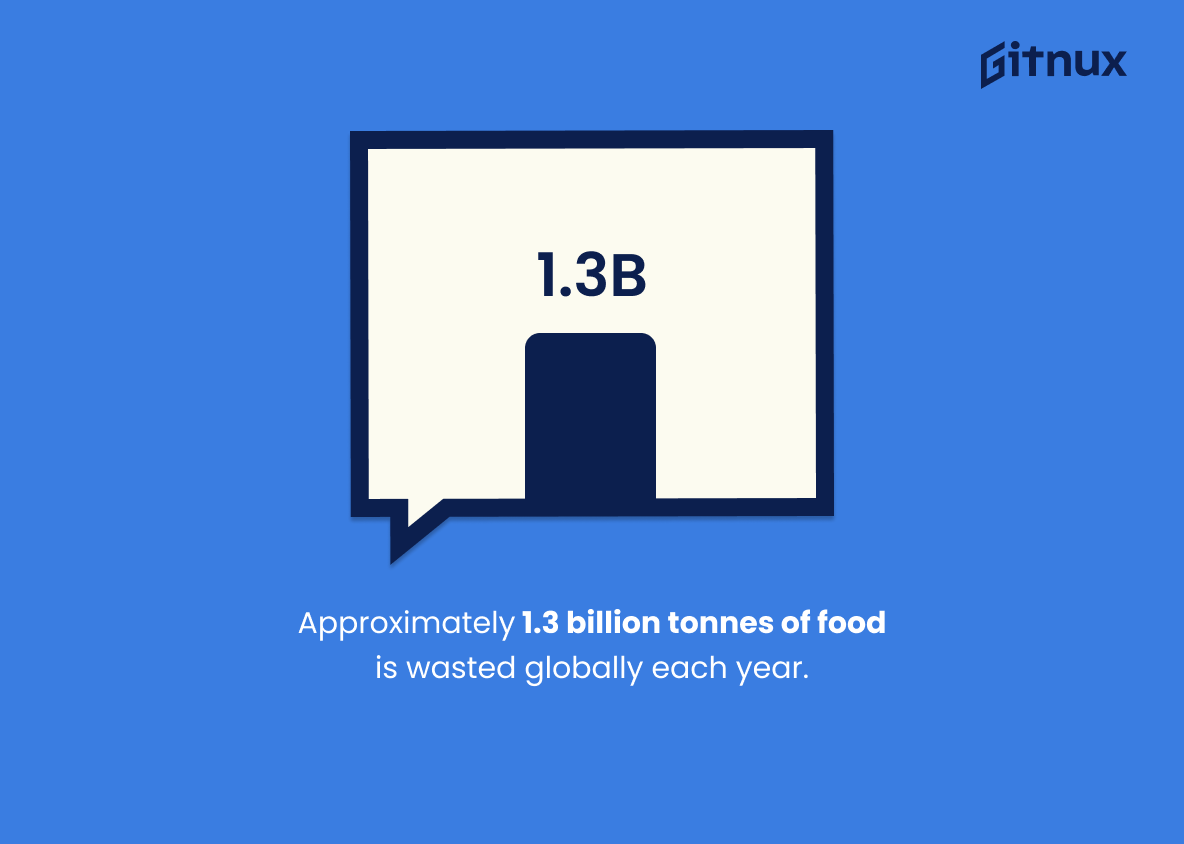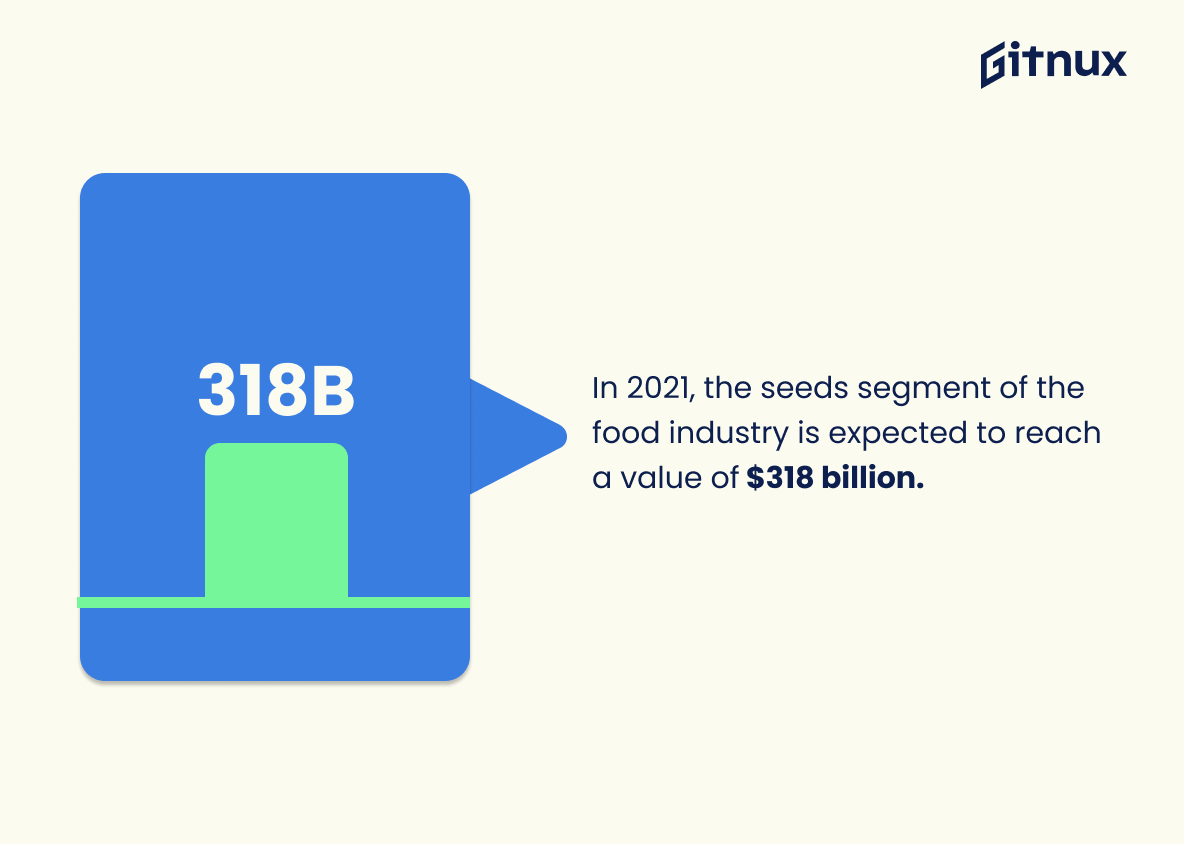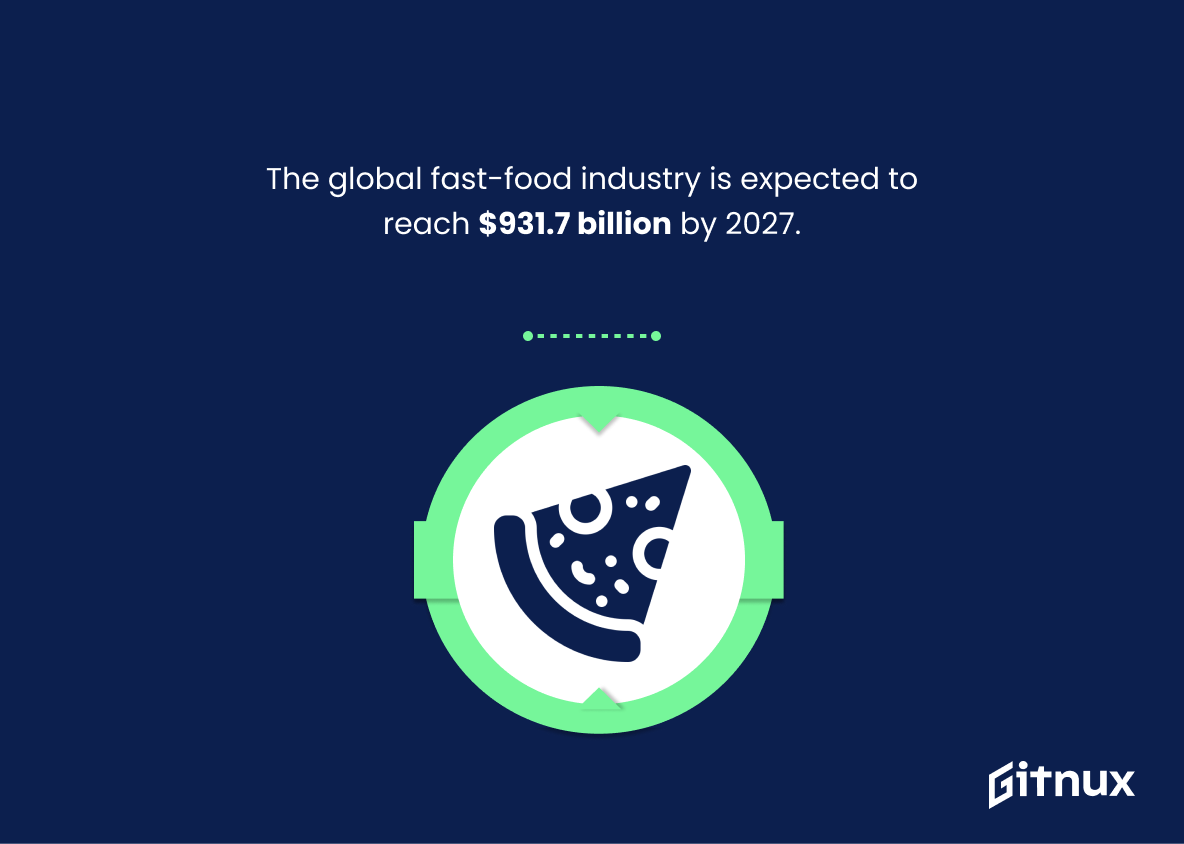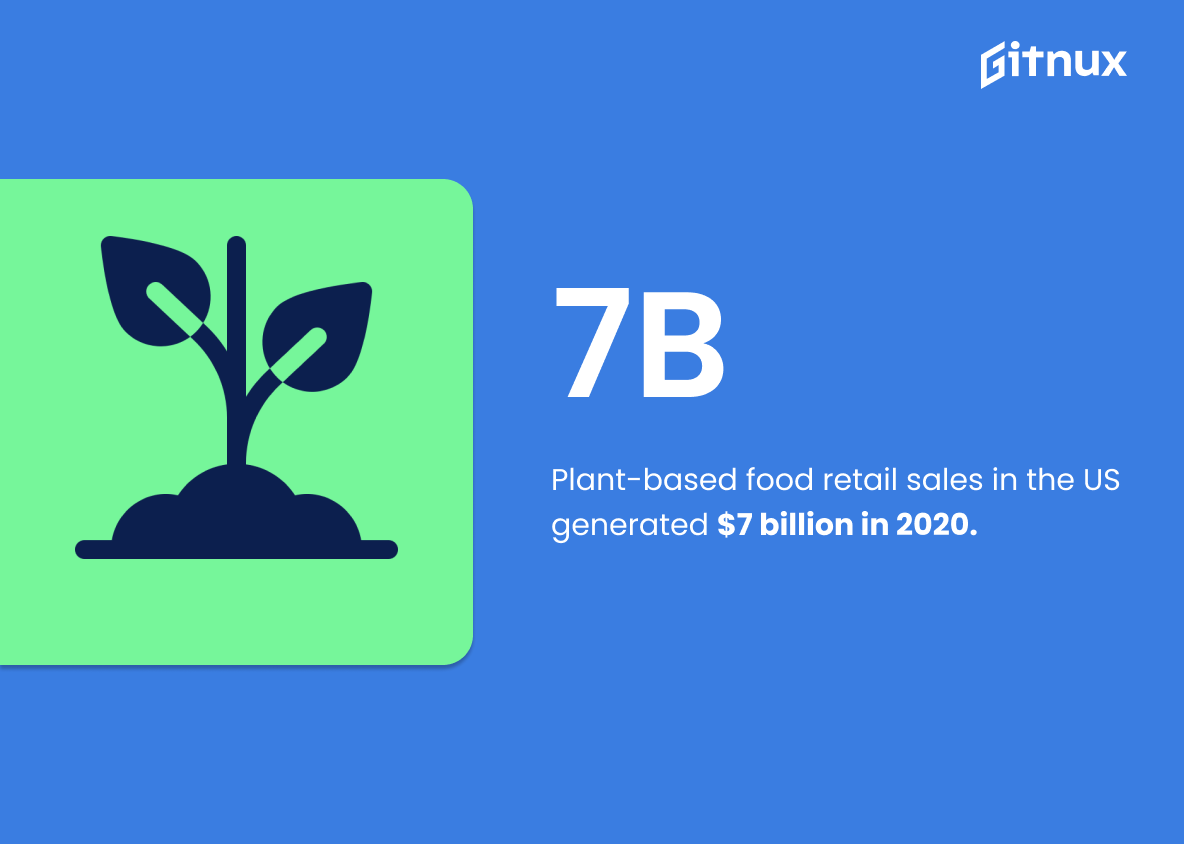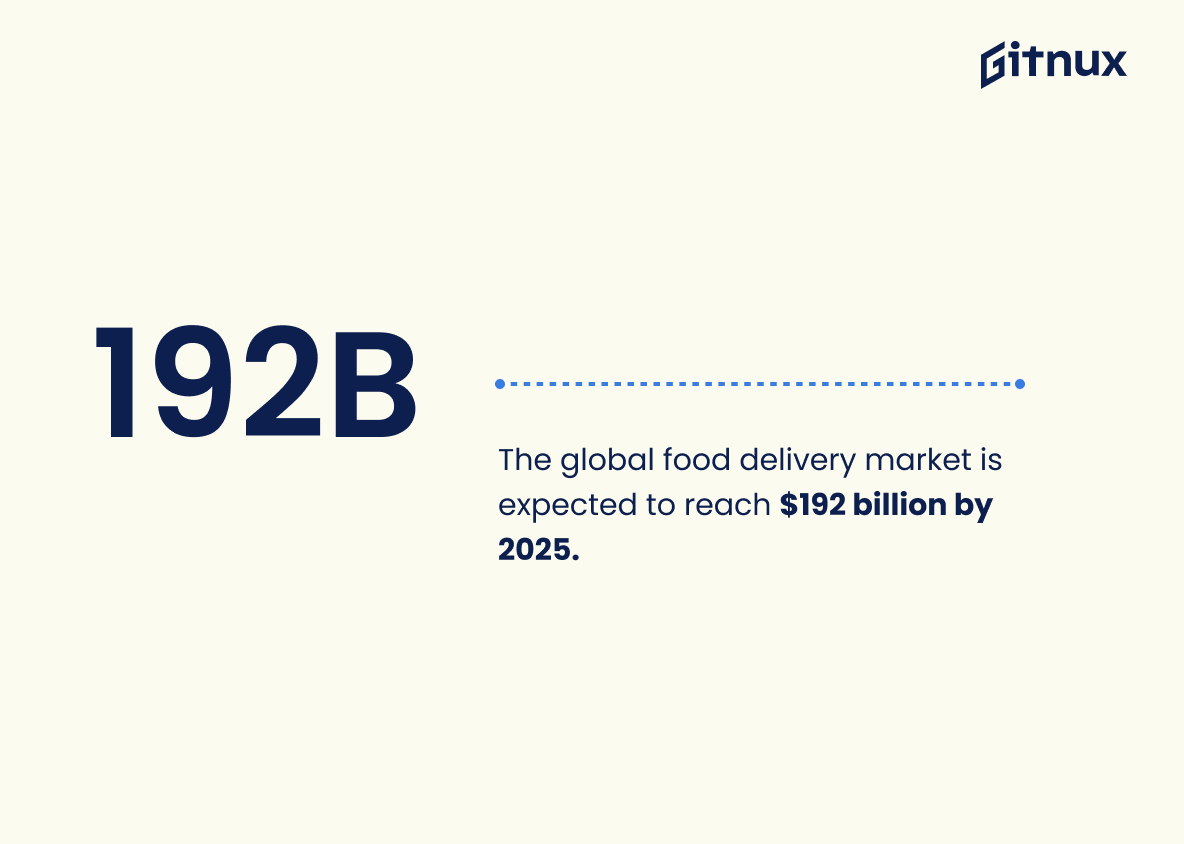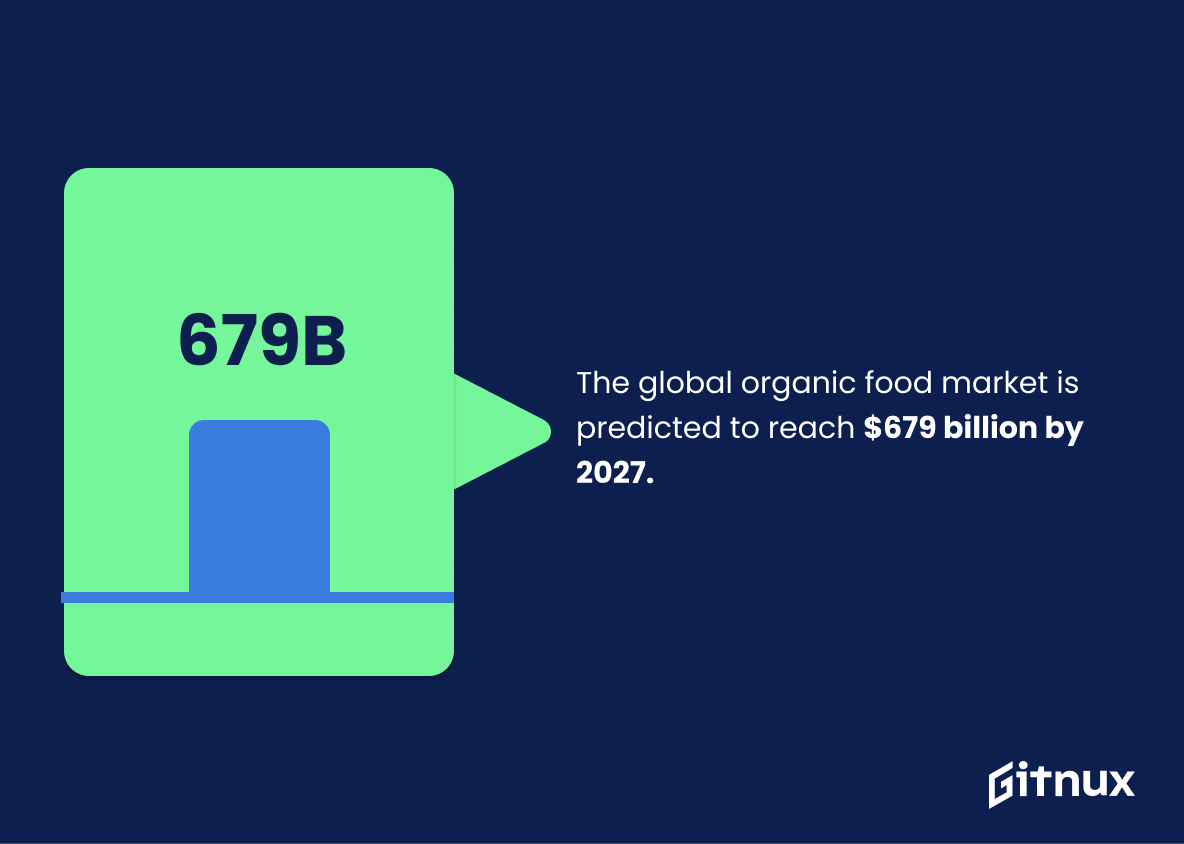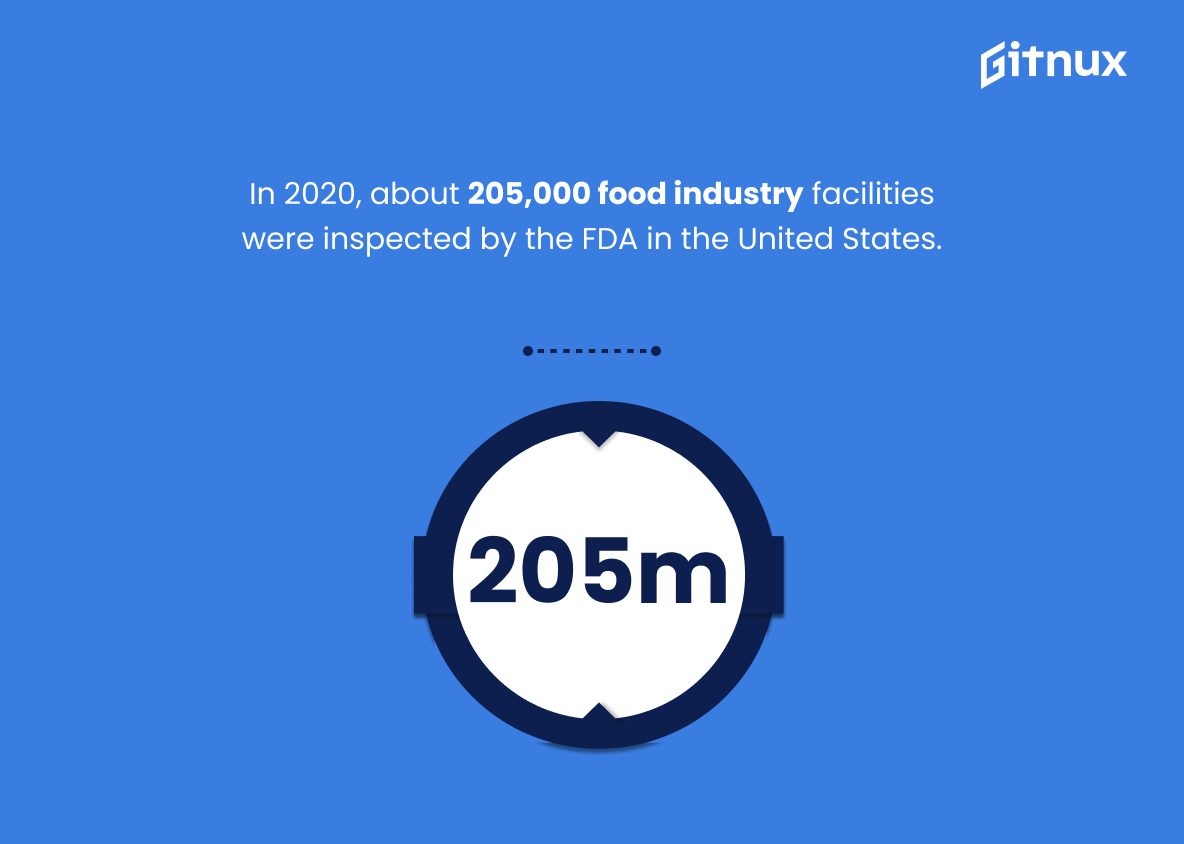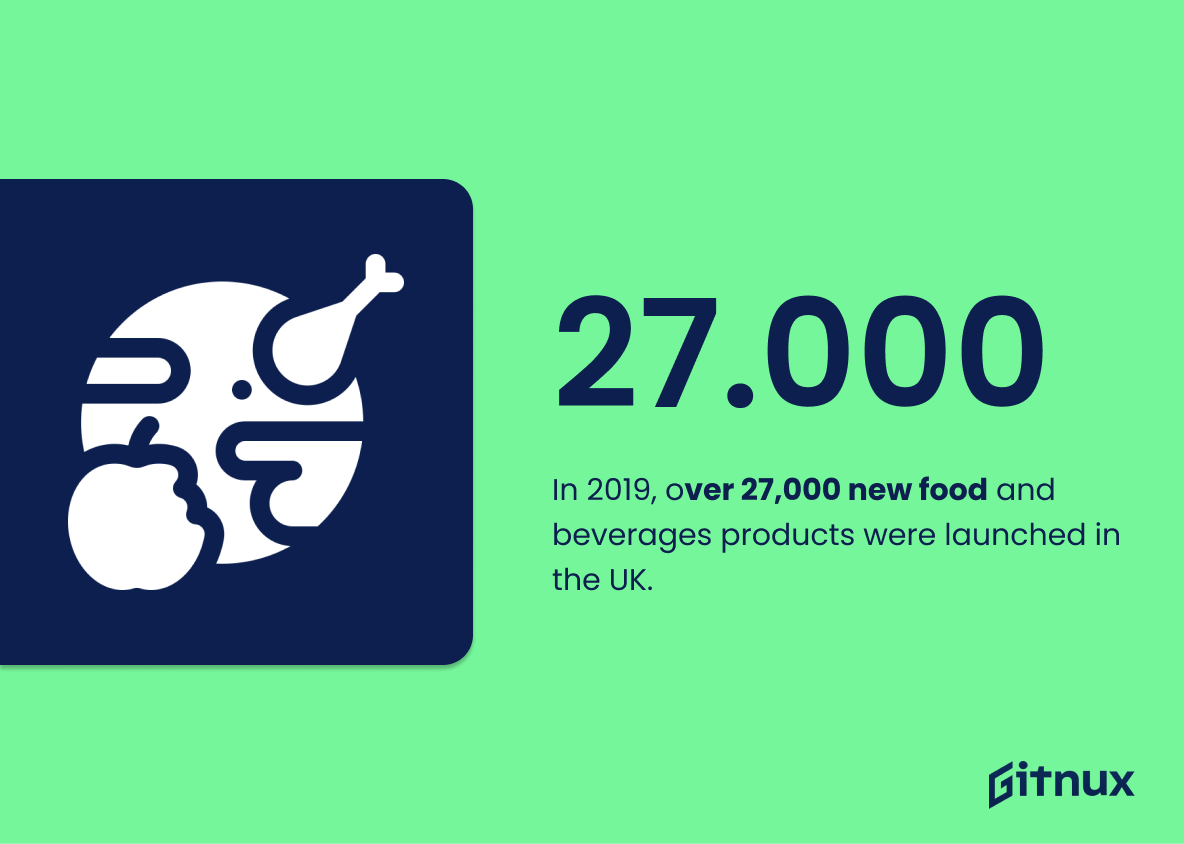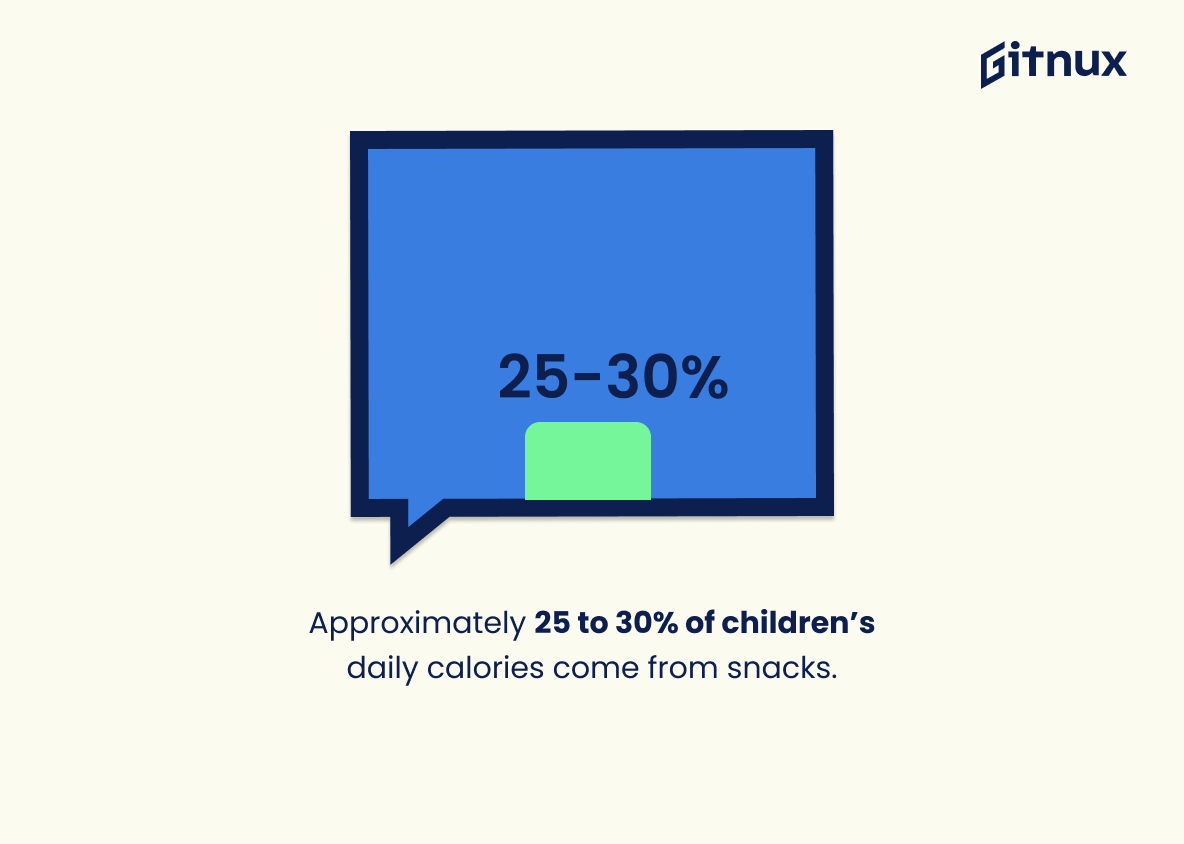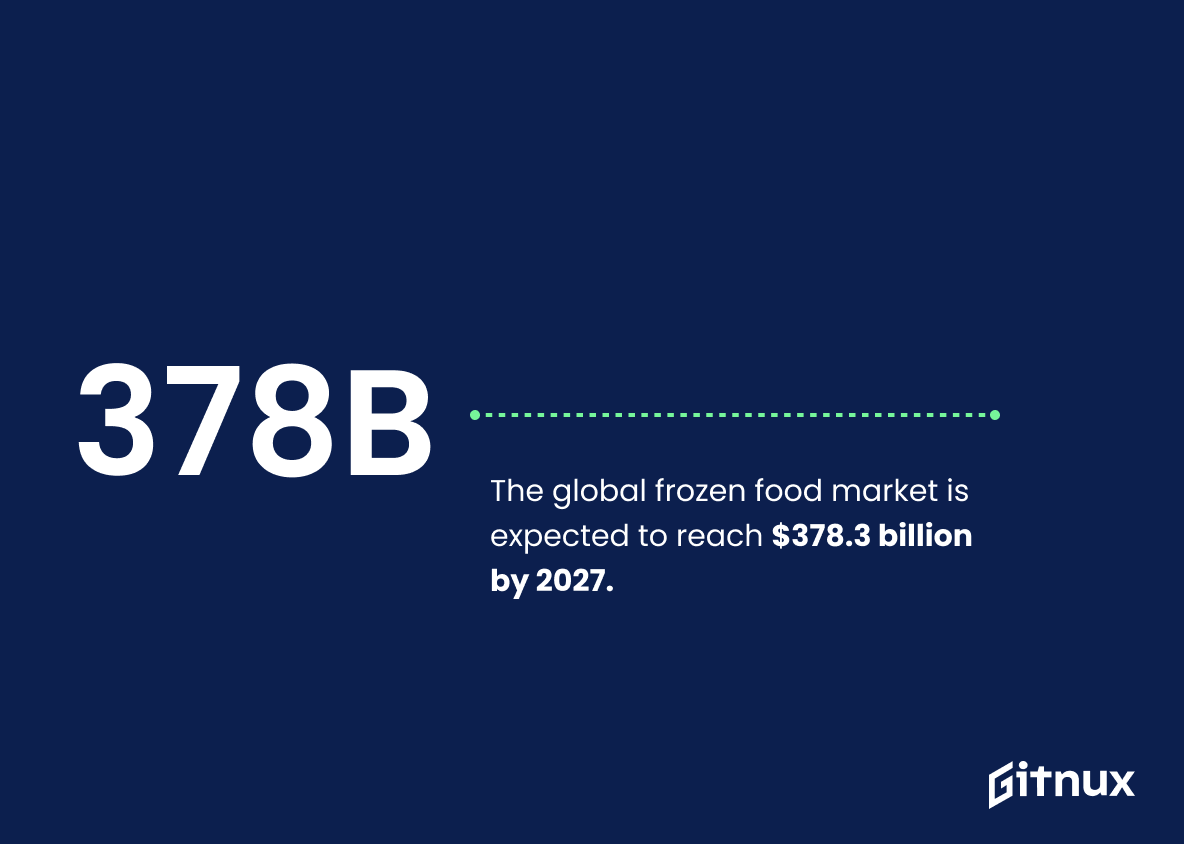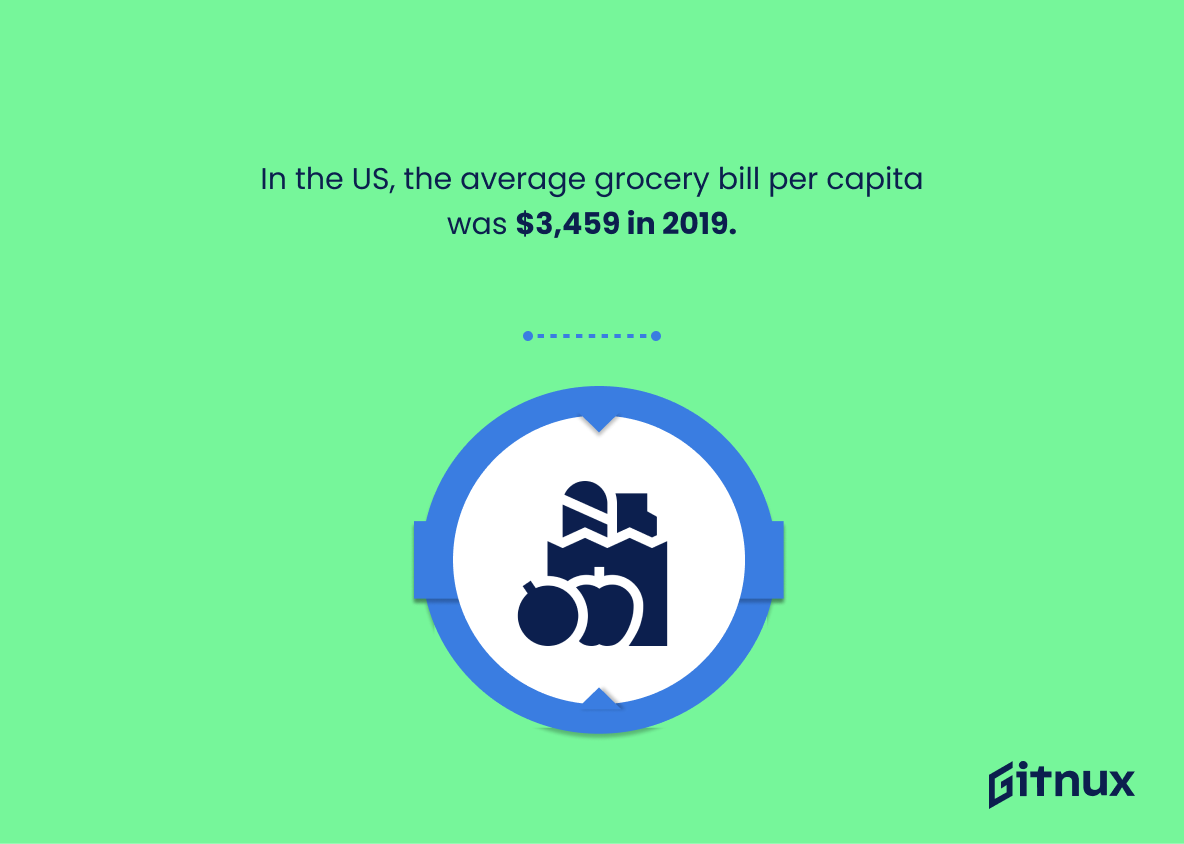The food industry is a major part of the global economy, and it’s important to stay up to date on the latest food industry statistics. From production to consumption, the food industry is constantly evolving and changing.
In this blog post, we’ll take a look at some of the most interesting and significant food industry statistics from around the world. We’ll explore the trends in production, consumption, and the overall economic impact of the food industry. So, let’s dive in and explore the fascinating world of food industry statistics.
Food Industry: The Most Important Statistics
The global food production market is expected to grow from $8.5 trillion in 2020 to $11.1 trillion by 2028, at a CAGR of 3.4%.
Global agricultural production has increased by 300% since 1960, with China, the United States, and India accounting for more than a third of the total production.
Food Industry Statistics Overview
The global food market size is projected to reach $10.4 trillion by 2027, growing at a CAGR of 4.9%, with the Asia-Pacific region accounting for over 40% of the market share.
This unwraps the growth and potential of the food industry. It also highlights the importance of the Asia-Pacific region in the global food market, which is a key factor for businesses to consider when making decisions about their strategies. Additionally, the statistic demonstrates the potential for further growth in this sector.
The global food and beverage industry is expected to reach a market value of $7.8 trillion by 2026, growing at a CAGR of 5.2%, with food retail accounting for over 70% of the market.
Therefore, we can see the importance of food retail, which accounts for the majority of the industry’s market value.
Food Industry during the Pandemic
The global food delivery market size reached $126.9 billion in 2020 due to the COVID-19 pandemic, highlighting the need for a resilient and sustainable food system.
It shows how the pandemic has had a significant impact on the food industry, from supply chain disruptions to changes in consumer behavior. Also, it demonstrates the need for a resilient and sustainable food system, which is necessary for the industry to continue to thrive in the face of future challenges.
US online grocery sales increased from $35 billion in 2019 to $105 billion in 2020 due to the COVID-19 pandemic.
It also visualizes a drastic shift in consumer demand for food during the pandemic and the need for a more resilient and adaptable food system in order to cope with such disruptions. Additionally, it shows the significant losses experienced by the food service sector due to the closure of restaurants, schools, and other institutions.
Food Production in the Global Food Industry
The global food production market is expected to grow from $8.5 trillion in 2020 to $11.1 trillion by 2028, at a CAGR of 3.4%.
The Asia Pacific region is expected to be the fastest-growing market, driven by population growth, increasing demand for processed food, and rapid urbanization.
Agriculture and Organic Food Production
Global agricultural production has increased by 300% since 1960, with China, the United States, and India accounting for more than a third of the total production.
The world is producing enough food to meet the needs of its growing population, and the largest producers are able to provide a significant portion of the world’s food needs. This is critical for ensuring food security and providing access to nutritious food for all.
Furthermore, the global organic food market was valued at 105.1 billion U.S. dollars in 2020 and is projected to reach 272.6 billion U.S. dollars by 2027, with Europe, Germany, and France being the leading markets.
This displays the growth of the organic food market and the areas where it is most popular. It also highlights the most popular organic food categories and the most frequently purchased items in the United States.
The organic food market in Europe was worth 45.7 billion euros in 2020, with Germany, France, and Italy being the largest markets.
Environmental Impact of the Food Industry
Food production is responsible for 26% of global GHG emissions, with livestock being the majority of those emissions, and plant-based foods having the lowest emissions.
Reducing food waste and increasing the consumption of plant-based foods could significantly reduce greenhouse gas emissions associated with food production. This could have a major impact on the environment and help to reduce the effects of climate change.
Agriculture is the single biggest cause of greenhouse gas emissions, water usage, and deforestation, accounting for approximately 34%, 70%, and 80% respectively.
This highlights the need for sustainable practices in order to reduce the environmental impact of food production.
Supplementary Statistics
The global food and agriculture industry is worth $8.7 trillion.
This highlights the immense economic impact of the industry, and serves as a reminder of the importance of food production and distribution to the global economy.
Approximately 1.3 billion tonnes of food is wasted globally each year.
This highlights the need for more efficient practices in the food industry, as well as the need for greater awareness of the issue of food waste. It is a call to action for all stakeholders in the food industry to take steps to reduce food waste and ensure that food is used to its fullest potential.
Processed food sales made up 61.9% of global food sales in 2020.
Processed food sales have become a major part of the global food market, indicating a shift away from traditional, unprocessed food. This shift has implications for the health of consumers, the environment, and the economy, making it an important statistic to consider when discussing the food industry.
In 2021, the seeds segment of the food industry is expected to reach a value of $318 billion.
This highlights the immense growth and profitability of this sector, and serves as a reminder of the immense opportunities that exist for businesses and entrepreneurs in this space. It is a clear indication that the food industry is a lucrative and ever-growing industry, and one that should not be overlooked.
The global fast-food industry is expected to reach $931.7 billion by 2027.
The industry is thriving and is likely to continue to do so in the future. This is an important point to consider when discussing food industry statistics, as it provides insight into the current state of the industry and its potential for future growth.
Plant-based food retail sales in the US generated $7 billion in 2020.
More and more people are turning to plant-based options for their meals, and that the food industry is responding to this demand. This is an important trend to note, as it indicates that the food industry is adapting to changing consumer preferences and that plant-based food is becoming increasingly mainstream.
Gluten-free food market is projected to reach a value of $6.47 billion by 2027.
This statistic is indicative of the growing demand for gluten-free food products, which is a trend that is likely to continue in the coming years. It is a clear sign that the food industry is responding to the needs of consumers who are looking for healthier and more specialized food options. This statistic is a valuable insight into the current state of the food industry and provides a glimpse into the future of the industry.
The global food delivery market is expected to reach $192 billion by 2025.
The industry is growing rapidly and is expected to continue to do so in the coming years. This is an important point to consider when discussing the food industry, as it shows that the industry is a viable and profitable one. Furthermore, it provides insight into the future of the industry, and can be used to inform decisions about investments and strategies.
The global organic food market is predicted to reach $679 billion by 2027.
The food industry is shifting towards more sustainable and healthier options. It is a sign of the times that the organic food market is expected to reach such a high value in the next few years, and this is something that should be taken into consideration when discussing food industry statistics.
In 2020, about 205,000 food industry facilities were inspected by the FDA in the United States.
With 205,000 food industry facilities inspected in 2020, it is clear that the FDA is taking the necessary steps to ensure that the food we consume is safe and of the highest quality. This statistic is an important reminder of the importance of food safety and the need for continued vigilance in the food industry.
In 2019, over 27,000 new food and beverages products were launched in the UK.
The sector is constantly innovating and introducing new products to the market, demonstrating its resilience and adaptability. This is an important indicator of the health of the industry, and provides a valuable insight into the trends and developments that are shaping the food industry in the UK.
Approximately 25 to 30% of children’s daily calories come from snacks.
This highlights the influence of the food industry on the eating habits of young people, and the need for parents to be aware of the nutritional value of snacks. It also serves as a warning that if snacks are not carefully monitored, they can contribute to unhealthy eating habits and weight gain.
The global frozen food market is expected to reach $378.3 billion by 2027.
It is a lucrative industry with a bright future. It is a valuable piece of information for anyone interested in the food industry, as it provides insight into the growth of the sector and the opportunities it presents. Furthermore, it can be used to inform decisions about investments, marketing strategies, and other business decisions.
The global beverages market is forecasted to reach $1.9 trillion by 2021.
The global beverages market is expected to grow exponentially in the coming years, indicating that the food industry is a lucrative and ever-expanding sector. This statistic is a reminder that the food industry is a major player in the global economy and is an area that should not be overlooked.
In the US, the average grocery bill per capita was $3,459 in 2019.
This highlights the amount of money that is spent on groceries each year, demonstrating the significance of the food industry in the US economy. Furthermore, it provides insight into the spending habits of Americans, which can be used to inform decisions made by food industry stakeholders.
In 2019, Europe’s food and drink industry employed over 4.72 million people.
The industry is a major employer, providing jobs to millions of people across the continent. This is an important point to consider when discussing the food industry, as it demonstrates the industry’s economic impact and importance to the region.
Approximately 1 in 6 Americans get sick from foodborne diseases each year.
This highlights the need for stringent regulations and standards to ensure that food is safe for consumption. It also serves as a warning to consumers to be mindful of the food they consume and to take necessary precautions to avoid foodborne illnesses.
The global food safety testing market is estimated to reach $32.21 billion by 2027.
With the global food safety testing market estimated to reach $32.21 billion by 2027, it is clear that food safety is becoming an increasingly important factor in the food industry. This statistic highlights the need for businesses to invest in food safety testing to ensure the safety of their products and the health of their customers.
In 2019, about 113.9 million tonnes of milk were consumed worldwide.
It highlights the sheer scale of the food industry, and the importance of dairy products in the global diet. It also serves as a reminder of the need for sustainable production and consumption of milk, in order to ensure that the industry can continue to meet the demands of the world’s population.
Conclusion
In conclusion, the food industry is a complex and ever-evolving sector. The statistics presented in this blog post demonstrate that the food industry is growing rapidly and is becoming increasingly competitive.
The industry is also becoming more diverse, with new products, technologies, and trends emerging. As the industry continues to evolve, it is important to stay up-to-date on the latest food industry statistics to ensure that businesses remain competitive and successful.
References
1 – https://www.statista.com/outlook/cmo/food/worldwide
2 – https://www.reportlinker.com/clp/global/793
3 – https://www.ncbi.nlm.nih.gov/pmc/articles/PMC8636391/
4 – https://www.ers.usda.gov/covid-19/food-and-consumers/
5 – https://www.reportlinker.com/clp/global/5781
6 – https://ourworldindata.org/agricultural-production
7 – https://www.statista.com/topics/1047/organic-food-industry/
8 – https://www.statista.com/topics/3446/organic-food-market-in-europe/
9 – https://ourworldindata.org/food-ghg-emissions
10 – https://www.statista.com/statistics/1176527/environmental-impacts-of-food-production-worldwide/
11 – https://www.statista.com
12 – https://www.globenewswire.com
13 – https://www.fao.org
14 – https://www.grandviewresearch.com
15 – https://www.fda.gov
16 – https://www.cdc.gov
17 – https://www.cspinet.org
18 – https://www.plantbasedfoods.org
19 – https://www.bls.gov
20 – https://www.adroitmarketresearch.com
21 – https://www.fooddrinkeurope.eu
22 – https://www.weforum.org
23 – https://www.fortunebusinessinsights.com
24 – https://www.prnewswire.com

